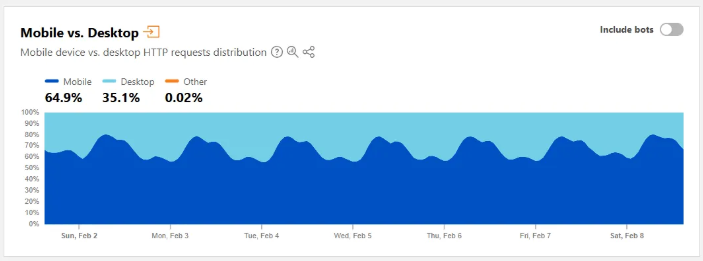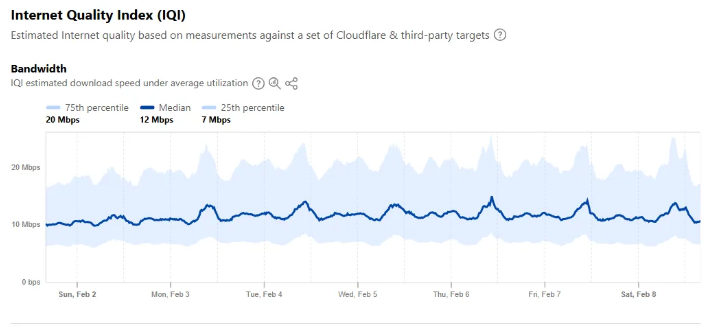Why is Web Performance Important?

Let's talk about web performance—what is necessary to know for interviews and what is not. We'll cover the key aspects of web performance and everything you need to understand.
Here’s what we are going to learn:
- Why performance matters
- Performance metrics
- Measuring performance and tools
- How to monitor something already in production
- How assets are accessed from the server to the client (Asset Optimization)
- Rendering patterns: CSR, SSR, ISR, Server Components
- Network optimization
- React/Framework optimization
- Build-level optimization
- Semantic ways of writing code
Why is Performance Important?
For a web developer, performance is not just an interview topic but an essential skill from junior to senior levels. Understanding performance helps developers work efficiently and become experts in their field. Let’s understand why performance matters:
- Improving User Experience: Users shouldn’t have to wait too long or see blank screens.
- Productivity: In apps like admin panels, everything should work instantly without long loading times.
- Customer Satisfaction: A fast and smooth experience keeps users happy.
- Revenue & Profitability: Use cost-effective services while maintaining the best performance.
- Operational Costs: Efficiently handling tickets and complaint systems reduces costs.
- Competitive Advantage: Compete with the best websites in your industry.
- Google Ranking: Performance impacts search rankings.
- Business Metrics: Align performance improvements with business goals.
- Bounce Rate: Avoid users leaving after opening your site for the first time.
- Session Time: Increase user engagement duration.
- Understanding Users: Know your end users and their needs.
- User Device Percentage: Analyze the percentage of users on different devices and optimize your website accordingly, especially for mobile.
For example, you can check real-time statistics on Cloudflare Radar.

For your website, you can use tools like Google Analytics, Plausible Microsoft Clarity, and other similar tools to measure these statistics. These tools provide insights into user behavior.
For example, if most of your users are on mobile, your app should be optimized for mobile-first and ensure a fully responsive design.

Based on the internet quality of your users, you should optimize your app’s DNS response time and latency. There may be hundreds of parameters to analyze, but a few major ones should always be prioritized, and you should consider both your server's and the user's CPU and GPU performance. Heavy computations on the client side can slow down the browser or even cause crashes. Understanding these factors is crucial for optimizing performance.
Next, in upcoming posts, we will discuss all these points in detail, including performance metrics, tools, and various optimization techniques.
Stay tuned! Bye-bye! 🚀
